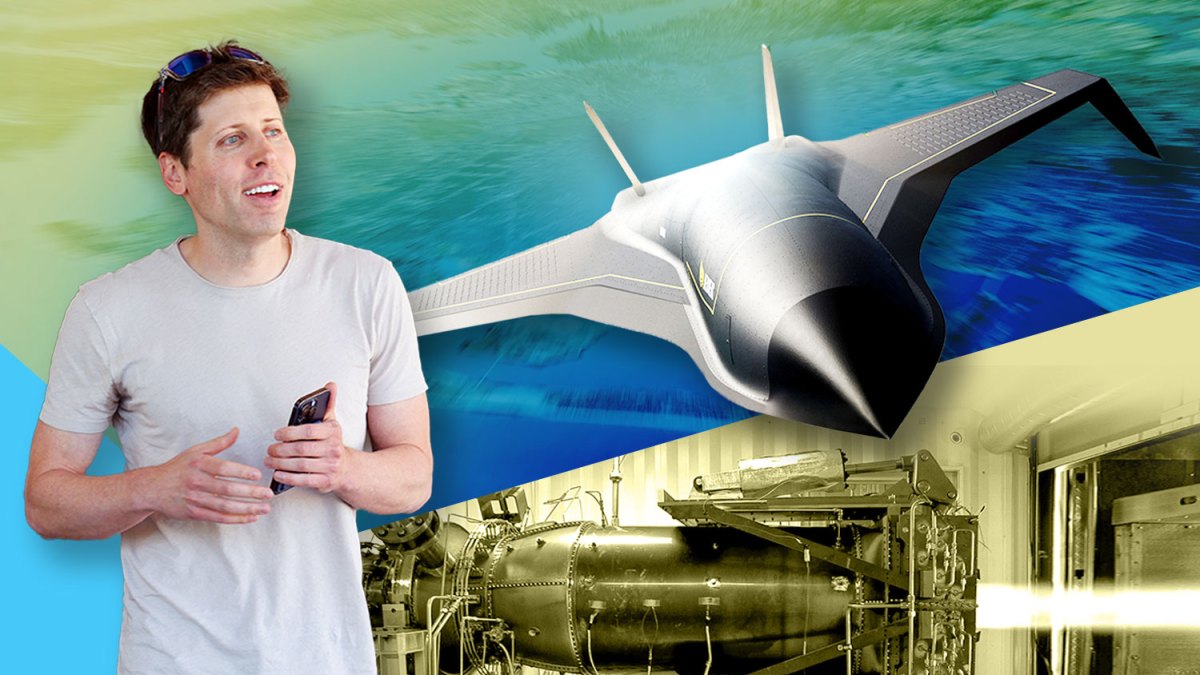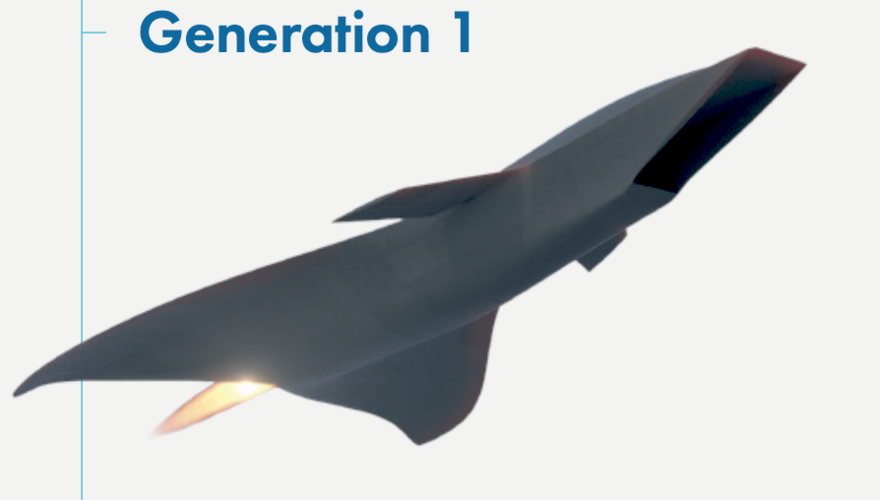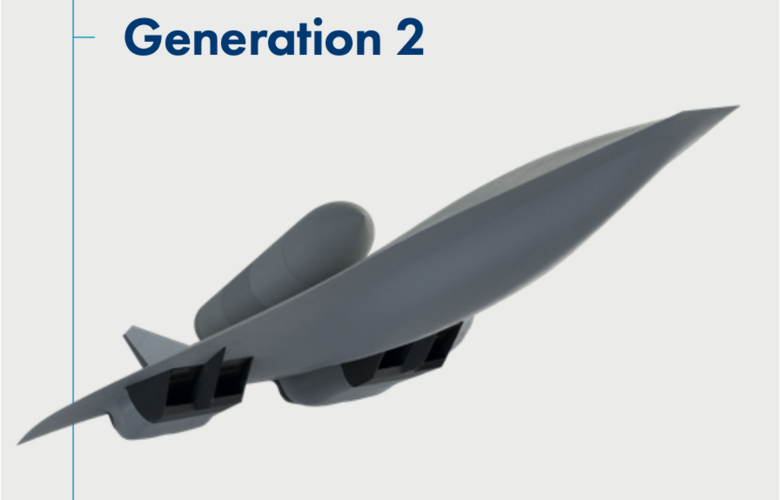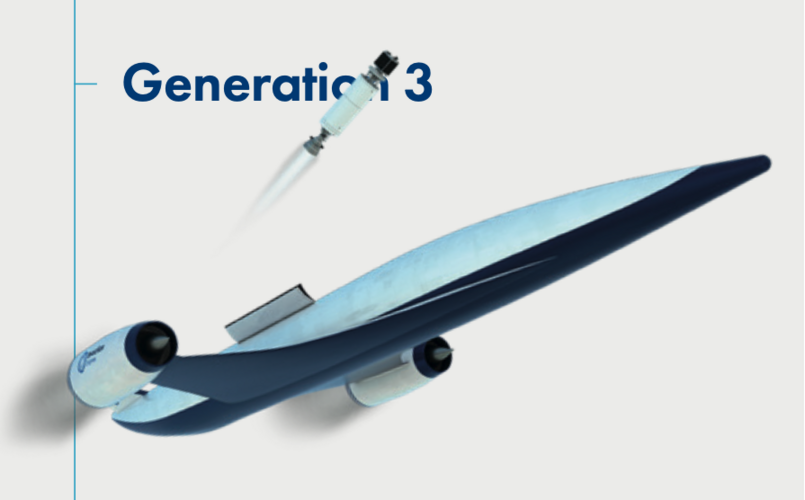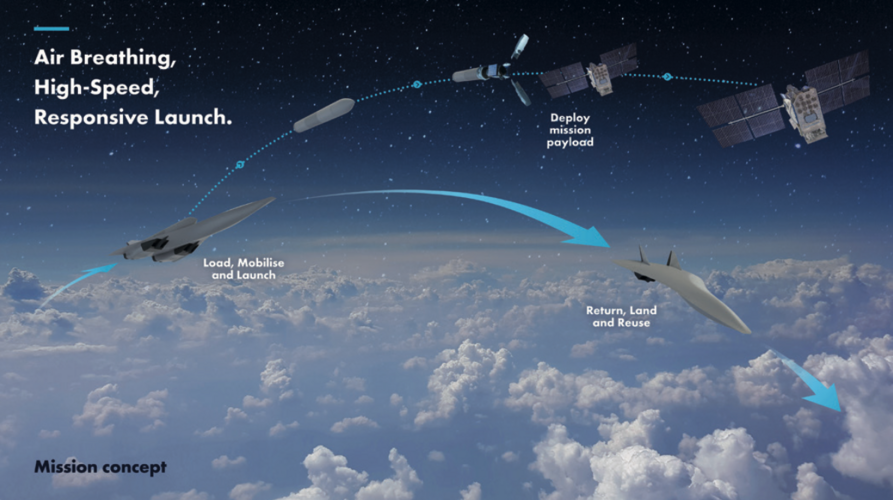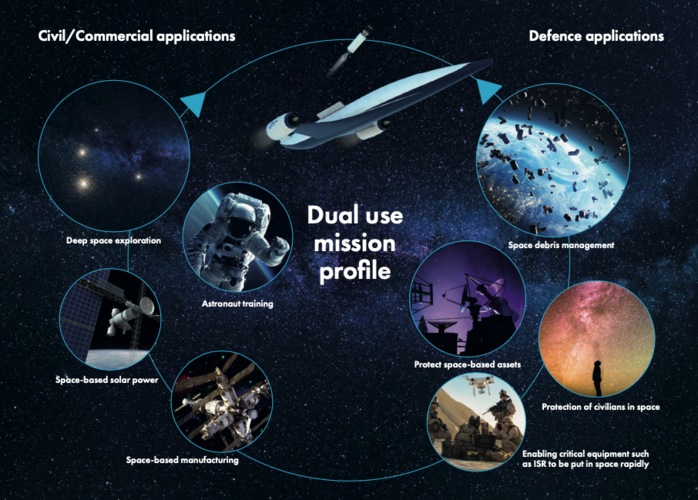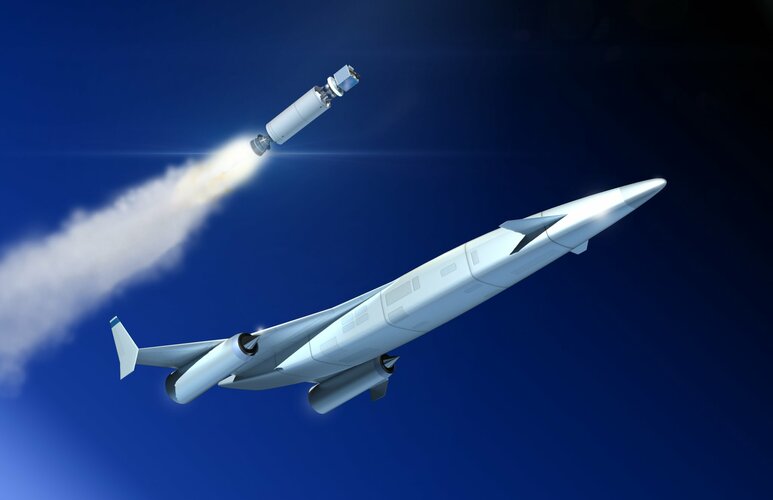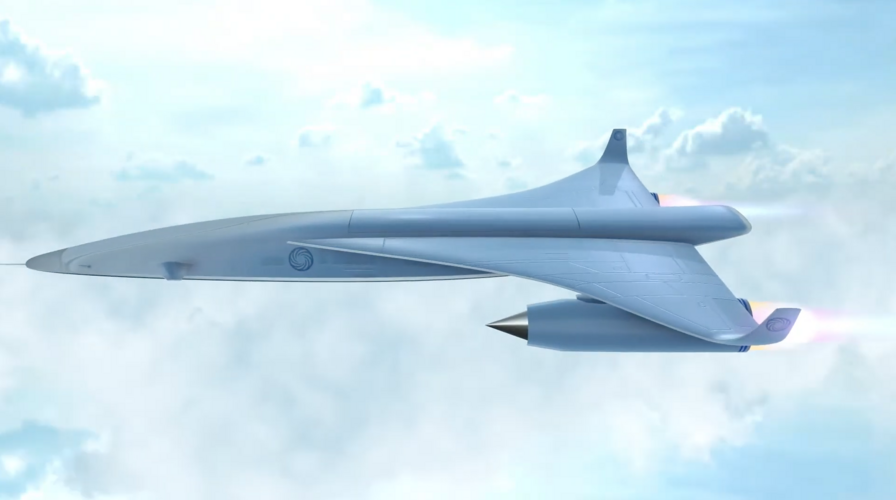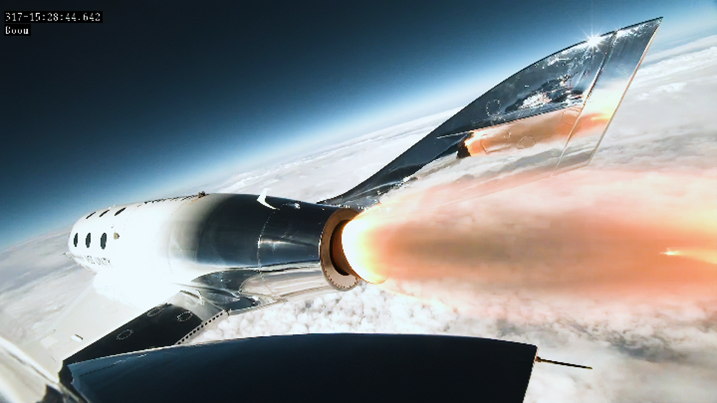This sounds WAY too familar... I'm thinking I've heard of this before in relation to the RASCAL program. I seem to recall a report showing a "deep-cooled turbo-rocket" called the "KIL-N" cycle I think?? Basiclly it used an RL-10 engine fed by LH2 and Liquid Air drawn from a set of compressor intakes and heat-exchangers...
I'll see what I can find again.
Randy
Any luck finding that?
...There have been concepts that allow for compound curves in structures that can be fit in a conventional cylindrical cargo shroud/bay. They involve stacking smaller segments rotated 180 degrees from each other, thus aligning them along one axis as a cylinder. When orbit has been achieved, the whole stack is removed, the segments rotated, and as much as a 1/4 arc of a complete toroid results. Note that a 1/4 arc required a serious lift booster, and the more conservative concepts I've read about called for arcs of only 1/6 or 1/8.
Wish I still had those papers that discussed these concepts. The diagrams were actually quite detailed in the stacking and deployment phase.
It's like the F-35's 3-bearing Nozzle. 3 sections with 30deg angles on them. Spin the center section 180deg and it sits mostly straight, while if you spin that center section 180deg the other way it forms a 90+deg curve.
In 1963 the US Army had their nuclear energy depot. Portable reactors to turn (air nitrogen ) and water's hydrogen into ammonia methanol or hydrogen fuels. They studied DH Caribou transports and UH-1 choppers turbines with NH3. I have the pdf somewhere. Not very encouraging. Methanol and ammonia have half the energy of kerosene. Hydrogen is doomed by storage issues.
Just means your fuel tanks need to be twice the size. Too bad nuclear reactors are too complex to operate by grunts.
Well then the twitter headline is misleading, damn it. Stupid clickbait...

Clickbait on twitter? I'm about to die of not-surprise. (/sarcasm)
This ammonia thing is about generating liquid hydrogen for fuel cells or to burn. REL is betting that producing the LH2 from renewables power to liquid it should then be combined with nitrogen to make ammonia as this has some storage and transportation advantages over LH2. But still obvious issues. REL's spinoff tech here is to be able to rapudly crack the ammonia to liberate the H2 for use in fuel cells or simply burn.
We'll see. The LH2 lobby seems to be more vocal / well funded.
Anhydrous ammonia is
vastly easier to transport and store. And isn't a frakking ultralow cryogenic with all
those storage risks, on top of massive explosion limits.
Hydrogen sucks as an aviation fuel. The only reason rocket engineers use it is because there isn't anything better.
Yes, turbofan engines can run on gaseous hydrogen, with properly designed fuel controls and combustor fuel nozzles. Hydrogen burns very quickly and likely would be a superior fuel compared to kerosene, if that were the only consideration. In fact, liquid hydrogen has tremendous capability to drive turbines just with the phase change to gas as it absorbs vaporization heat - see Pratt & Whitney Project 304.
Of course the real problem with hydrogen is storage. Even in a supercooled liquid start, the volume is large. On the RP-1/LOX Saturn V, the LOX tanks are twice the size of the kerosene tanks. But the LH2 fuel tanks on the space shuttle are twice the size of the LOX tanks. You can make an airliner with LH2 fuel, but there may not be enough space for the passengers.
Whether you can store enough H2 in Ammonia form and turn it into a usable form fast and efficient enough to make it worthwhile is the question.
I believe that RE is talking about using exhaust heat to crack a small amount of ammonia into hydrogen and nitrogen gas, then inject that now-hot 3xH2+N2 into the combustion chambers to get the heat necessary to burn ammonia directly.
This leverages their expertise in heat exchangers and is a relatively simple setup. though it does require a custom built engine with both H2 and NH3 fuel injectors, plus some amount of space between the two in order for the H2 to burn and put heat into the NH3 to crack it and then ignite the cracked H2. Probably talking about a 50-100% longer combustion section in the engine, with the cracking heat exchanger wrapped around the exhaust after the turbines.
Looking at ammonia specific gravity and heat content says it takes up less space than LH2, but still will require significantly larger tank volume than kerosene.
It's looking like 2x the volume for ammonia tanks compared to kerosene, based on Joules/Liter. Which isn't bad. Not compared to hydrogen. Does mean 50% more weight of fuel, however. Jet fuel is ~0.8kg/liter, ammonia is ~0.6kg/liter. Equal energy is 0.8kg of jet fuel versus 1.2kg of ammonia.
Yes, icing is always a problem for engines which fly through humid air at freezing temperatures, whether it be on the way up, down or cruise. Remember SABRE is intended as a ground-to-orbit powerplant, so it is going to spend time in that regime at some point. Also, the stratosphere may have a low density, but it can still have a high relative humidity and an awful lot flows through an engine at high speeds. You don't need much ice to break a delicate microtube at those speeds.
This was one of the key features that REL had to demonstrate on a working prototype that they were on top of, before the big investors would come in.
And that test was even more challenging, as they were using the exhaust of a J79. Which means even more water vapor than you'd normally see at Mach 5 and whatever altitude. Lots more.
On the order of water vapor being up to about 5%* of the total mass of the air flowing through the cooler.
* - Jet engines normally burn about 25% of the air they ingest, the rest of the airflow is used for cooling. Normal air is 20% oxygen by volume.
1/4 of 20% is 5%. Yes, I assumed away the CO2 production which I know does exist but I don't have good references for, so add some large error bars to that 5%.


